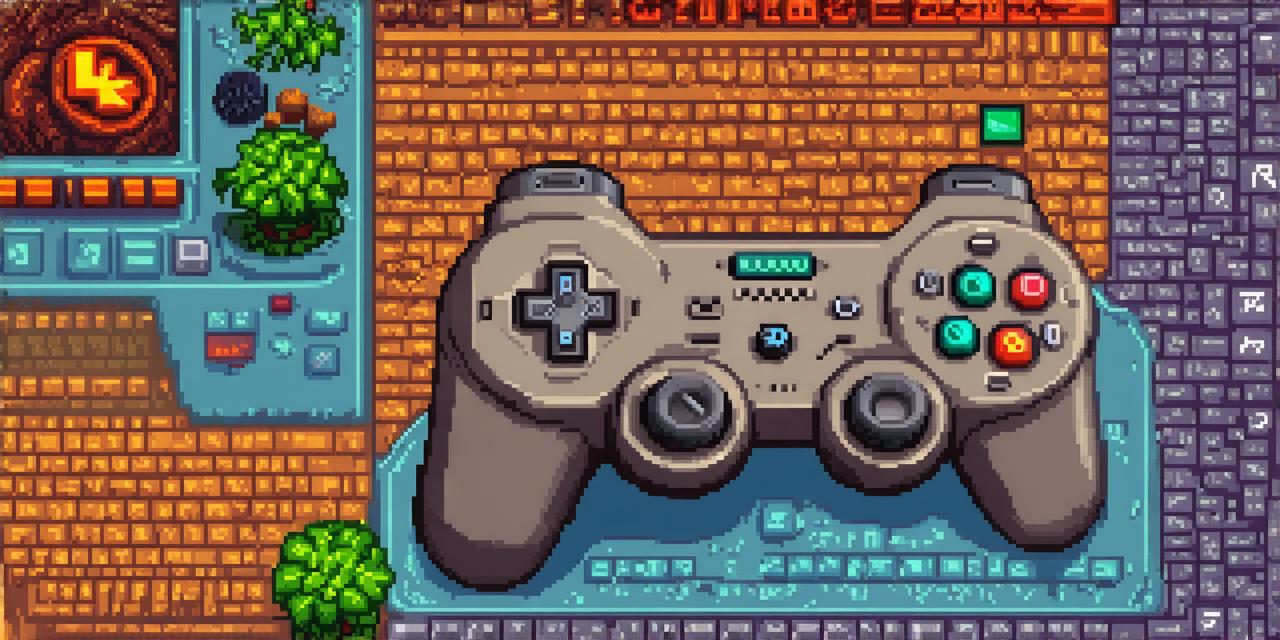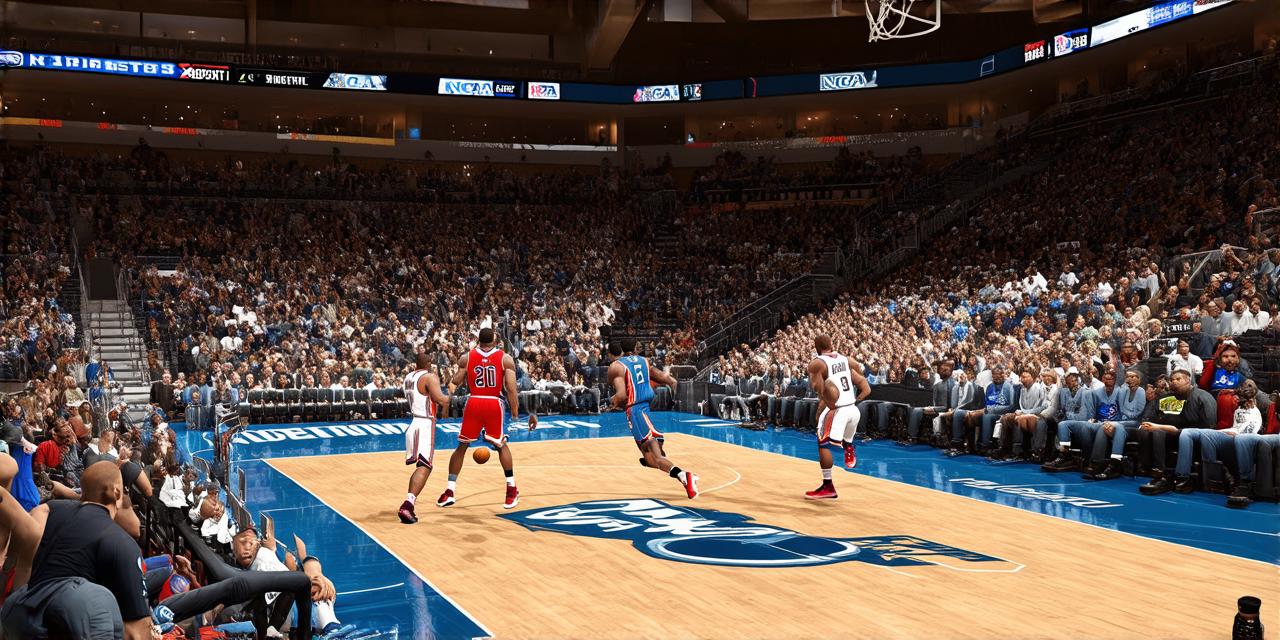Introduction
Creating a video game is an exciting and challenging process that requires a combination of creativity, technical skills, and business acumen. With the right tools and resources, anyone can make a video game, from small indie developers to large-scale studios. In this article, we will explore the steps involved in making a video game, including pre-production, production, and post-production. We will also discuss some of the key considerations that developers need to keep in mind throughout the process, such as budgeting, marketing, and distribution.
1. Pre-Production: Planning and Conceptualization

The first step in making a video game is pre-production, which involves planning and conceptualizing the game idea. This stage is crucial for setting the foundation of the project and ensuring that everyone involved has a clear understanding of what the final product should look like. Some of the key activities during this phase include:
- Conceptualization: This involves brainstorming ideas for the game, including the storyline, characters, gameplay mechanics, and visual style. Developers can use techniques such as mind mapping, storyboarding, and prototyping to help them flesh out their ideas.
- Market research: It is important to understand the target audience for the game and what they are looking for in a new title. This can involve gathering data on player preferences, analyzing competitor offerings, and conducting focus groups or surveys.
- Budgeting: Developers need to create a realistic budget for the project, taking into account costs such as development tools, salaries, marketing, and distribution. They should also consider any potential risks and have contingency plans in place.
1. Production: Development and Implementation
The production phase is where the actual game development takes place. This stage involves creating the game’s core features and mechanics, testing and refining them, and integrating them into a cohesive whole. Some of the key activities during this phase include:
- Game design: This involves creating the game’s rules, objectives, and mechanics. Developers need to ensure that these are well-designed and balanced, and that they provide an engaging and challenging experience for the player.
- Art and animation: The visual style of the game is an important factor in its overall appeal. Developers need to create high-quality art and animation that brings the game’s world and characters to life.
- Programming: This involves writing code to implement the game’s mechanics and features. Developers need to be skilled in programming languages such as C++, Java, or Python, depending on their chosen platform.
- Testing: Once the game is built, developers need to test it thoroughly to ensure that it is free of bugs and glitches. They should also conduct user testing to gather feedback on the game’s performance and make any necessary adjustments.
1. Post-Production: Marketing and Distribution
The post-production phase is where the final touches are added to the game, and it is prepared for release. This stage involves marketing the game, distributing it to retailers or platforms, and providing ongoing support to players. Some of the key activities during this phase include:
- Marketing: Developers need to create a marketing plan that targets their desired audience and promotes the game’s features and benefits. This can involve advertising, social media campaigns, and public relations efforts.
- Distribution: Depending on the platform or retailer, developers may need to follow specific guidelines for distributing their game. They should also consider the potential costs and revenue shares associated with each option.
- Support: Once the game is released, developers need to provide ongoing support to players, including bug fixes, updates, and customer service. This can help build a loyal fan base and ensure that the game remains relevant and engaging over time.
Summary
Making a video game is a complex and challenging process that requires a wide range of skills and expertise. By following the steps outlined in this guide, developers can create a high-quality game that engages players and achieves their business goals.



